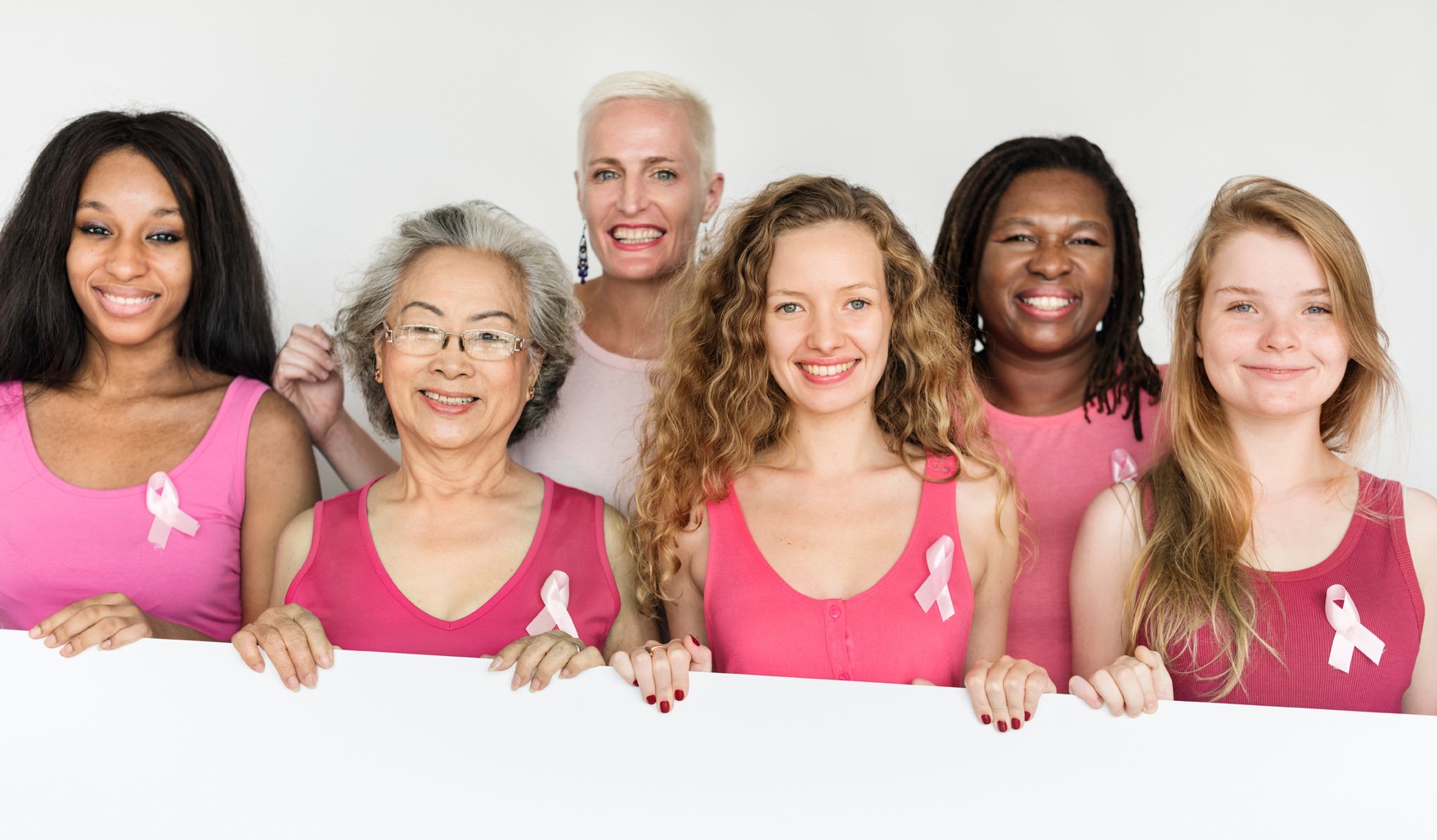
3D mammograms make a difference in detection rate of breast cancer
By Caroline Trowbridge, LMH Health
The use of 3D mammography at LMH Health should make a difference in the detection rate of breast cancer among patients.
“I also personally believe we’re going to catch it earlier,” said Dr. Richard Kuckelman, an LMH Health radiologist.
The 3D mammograms, which are available at both the hospital, 325 Maine St., and at LMH Health South, 3500 Clinton Place, allow physicians to examine breast tissue layer by layer. Julie Anno, mammography supervisor at the LMH Health Breast Center, compares the use of CT scans or MRIs – both 2D imaging technologies – to looking at a closed book.
“With 3D,” she said, “it’s like opening the book and flipping through the pages.”

Richard
Kuckelman, MD
That means that radiologists such as Dr. Kuckelman can better determine what potentially is cancerous and what is not.
“I think we’re going to have fewer false negatives, and that’s a lot less anxiety for patients,” he said.
LMH Health follows the American College of Radiology guidelines encouraging all women to have a screening mammogram every year, starting at age 40. Since March, LMH has offered 3D mammography, which emits a lower dose of radiation than 2D mammography.
According to Dr. Kuckelman and Anno, 3D mammograms can be helpful for many women.
“The denser the breast tissue is, the more value the 3D has,” Anno said.
The 3D technology also benefits women who have fibrous tissue containing cysts. In addition, 3D images for women who have tremors, such as those from Parkinson’s disease, will be much clearer.
And then, there are those detection rates.
“We’ve had several cases so far where we have seen a small cancer in 3D that was silent on 2D,” Dr. Kuckelman said. “You couldn’t see it. It wasn’t visible on 2D.”
Dr. Jodie Barr of the LMH Health Oncology Center, said she’s pleased LMH Health offers 3D mammography to patients.
“Not only does 3D mammography increase the rates of cancer detection, but it may also decrease the false negative rate,” she said. “This technology is especially useful in our patients with dense breasts or who are at high risk for breast cancer.”
To learn more about 3D mammography and the LMH Breast Center, visit lmh.org/mammogram. For more information or to schedule a mammogram call 785-505-3300. If you cannot afford a mammogram, help is available. When you call for an appointment, ask about vouchers that are available for free mammograms – made possible by donors to LMH Health Foundation.
Caroline Trowbridge is marketing communications manager for LMH Health. She can be reached at caroline.trowbridge@lmh.org.
Studies have shown that in comparison with 2D mammography, 3D imaging:
- Detects breast cancers earlier and with greater accuracy.
- Finds 20 percent to 65 percent more invasive breast cancers.
- Reduces unnecessary callbacks by up to 40 percent.
And that can be a game-changer for women because, according to the Centers for Disease Control and Prevention, breast cancer is the:
- Most common cancer in women, regardless of race or ethnicity.
- Most common cause of death among Hispanic women.
- Second-most common cause of death from cancer among white, black, Asian/Pacific islander and American Indian/Alaska native women.